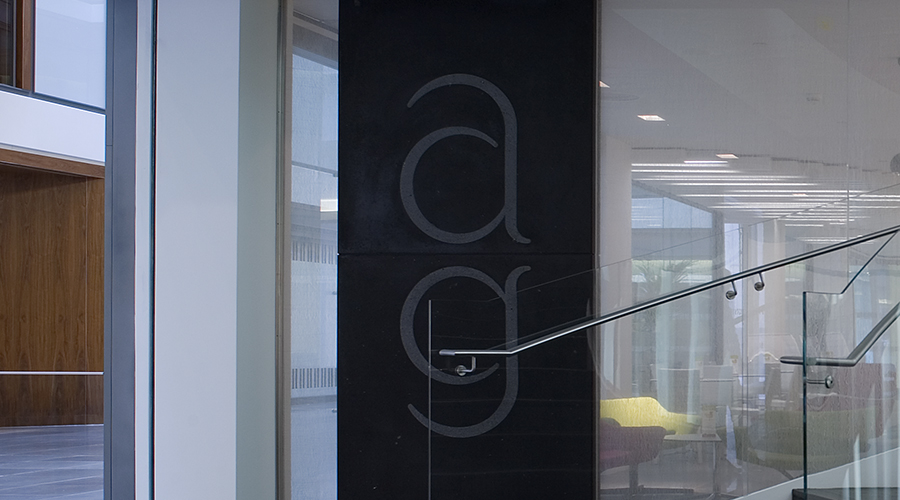On exiting the EU, the most likely alternative arrangement that the UK would seek to negotiate would involve maintaining access to the EU Single Market by signing up to the European Economic Area (EEA) agreement.
The EEA is essentially a free trade area where goods, services, capital and persons can move freely across the borders of all its 31 members (28 EU Member States and three EEA states in the European Free Trade Association (EFTA)). While an EEA arrangement would look very familiar to those businesses selling financial services into the EU via a "passport", it would give rise to some new challenges for those exporting goods.
The EU operates with a common external tariff so goods entering from outside can travel freely within the EU once that tariff has been paid (e.g. a device imported into the UK from China can be re -exported to the rest of the EU tariff free). This arrangement does not hold for goods that enter the EU via the EEA (e.g. a device from China re-exported to the EU from Norway) (or via other countries with which the EU has a preferential trading relationship) because they do not share the EU’s common external tariff.
While the EEA Agreement extends the EU Single Market to the three EEA EFTA States so that all products (except certain fish and agricultural products) may be traded free of tariffs within the EEA, in order for a product to obtain this preferential treatment under the EEA Agreement, it has to originate in the EEA.
The EEA Agreement therefore contains rules of origin that determine to what extent a product must be produced or processed within the EEA in order to obtain status as a product of EEA origin. In effect, rules of origin means that goods must either (i) be manufactured from raw materials or components which have been grown or produced in the beneficiary country or, should that not be the case, (ii) at least undergo a certain amount of processing in the relevant EEA state.
Given the complexity of some global supply chains and the range of preferential trading relationships the EU operates, determining where a good originated can be an administratively complex and time-consuming process. In some cases, the benefit conferred by a preferential trading arrangement may be marginal in comparison with the administrative workload required to comply with rules of origin – so that it may even be simpler and cheaper to pay WTO tariff rates. However, from 1 January 2017, new simpler procedures will be introduced for EEA members, including a system of registered exporters and self-certification.



